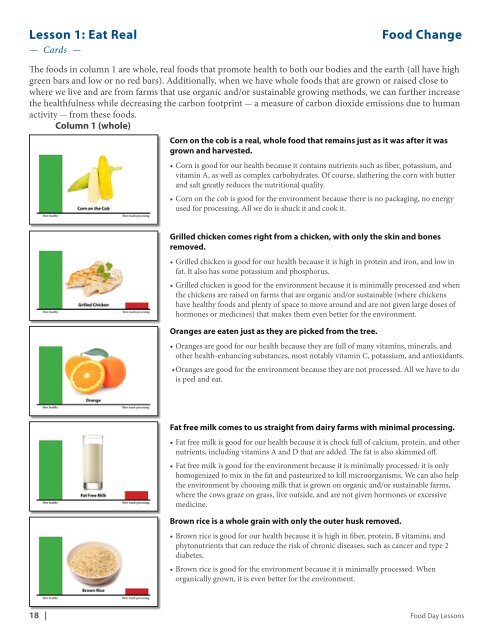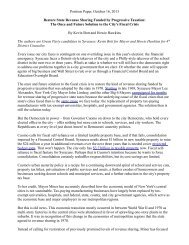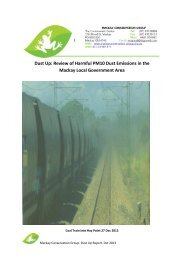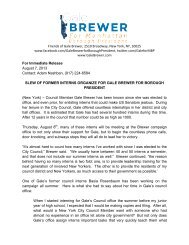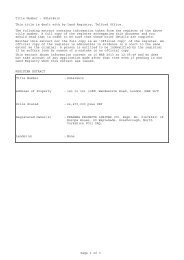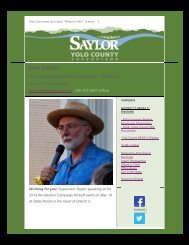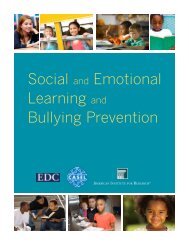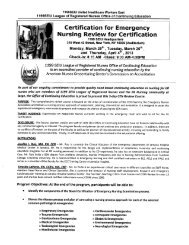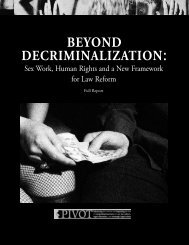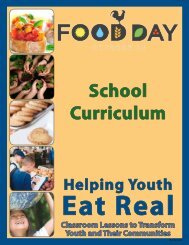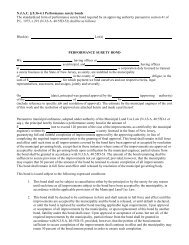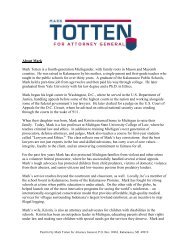Create successful ePaper yourself
Turn your PDF publications into a flip-book with our unique Google optimized e-Paper software.
Lesson 1: Eat Real<br />
— Cards —<br />
<strong>Food</strong> Change<br />
The foods in column 1 are whole, real foods that promote health to both our bodies and the earth (all have high<br />
green bars and low or no red bars). Additionally, when we have whole foods that are grown or raised close to<br />
where we live and are from farms that use organic and/or sustainable growing methods, we can further increase<br />
the healthfulness while decreasing the carbon footprint — a measure of carbon dioxide emissions due to human<br />
activity — from these foods.<br />
Column 1 (whole)<br />
Corn on the cob is a real, whole food that remains just as it was after it was<br />
grown and harvested.<br />
• Corn is good for our health because it contains nutrients such as fiber, potassium, and<br />
vitamin A, as well as complex carbohydrates. Of course, slathering the corn with butter<br />
and salt greatly reduces the nutritional quality.<br />
• Corn on the cob is good for the environment because there is no packaging, no energy<br />
used for processing. All we do is shuck it and cook it.<br />
Grilled chicken comes right from a chicken, with only the skin and bones<br />
removed.<br />
• Grilled chicken is good for our health because it is high in protein and iron, and low in<br />
fat. It also has some potassium and phosphorus.<br />
• Grilled chicken is good for the environment because it is minimally processed and when<br />
the chickens are raised on farms that are organic and/or sustainable (where chickens<br />
have healthy foods and plenty of space to move around and are not given large doses of<br />
hormones or medicines) that makes them even better for the environment.<br />
Oranges are eaten just as they are picked from the tree.<br />
• Oranges are good for our health because they are full of many vitamins, minerals, and<br />
other health-enhancing substances, most notably vitamin C, potassium, and antioxidants.<br />
• Oranges are good for the environment because they are not processed. All we have to do<br />
is peel and eat.<br />
Fat free milk comes to us straight from dairy farms with minimal processing.<br />
• Fat free milk is good for our health because it is chock full of calcium, protein, and other<br />
nutrients, including vitamins A and D that are added. The fat is also skimmed off.<br />
• Fat free milk is good for the environment because it is minimally processed: it is only<br />
homogenized to mix in the fat and pasteurized to kill microorganisms. We can also help<br />
the environment by choosing milk that is grown on organic and/or sustainable farms,<br />
where the cows graze on grass, live outside, and are not given hormones or excessive<br />
medicine.<br />
Brown rice is a whole grain with only the outer husk removed.<br />
• Brown rice is good for our health because it is high in fiber, protein, B vitamins, and<br />
phytonutrients that can reduce the risk of chronic diseases, such as cancer and type 2<br />
diabetes.<br />
• Brown rice is good for the environment because it is minimally processed. When<br />
organically grown, it is even better for the environment.<br />
18 | <strong>Food</strong> <strong>Day</strong> Lessons


